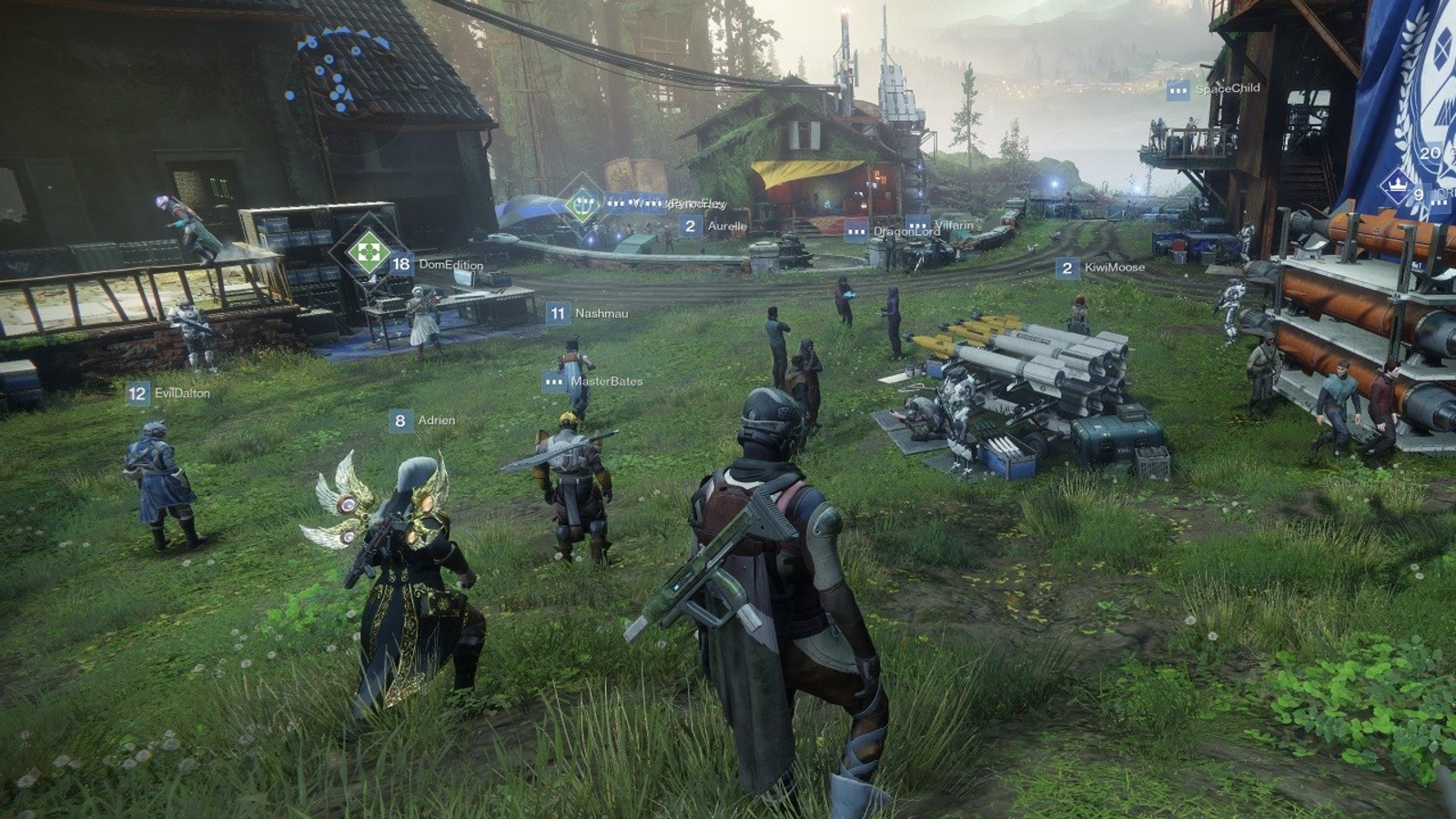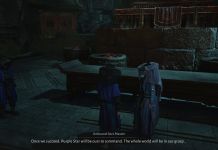MMORPGs VS. Shared-World RPGs: The Difference, And Why It Matters
While both genres offer online multiplayer adventures, there's key distinctions.

MMORPGs and “Shared-World RPGs” are as similar as they are different. Both types of games allow players to connect online, team up for adventures, and explore rich fantasy or science fiction settings. However, they are built around very different design philosophies when it comes to how players interact, how the world functions, and how multiplayer content is delivered.
A Massively Multiplayer Online Role-Playing Game means hundreds or even thousands of players existing together in a persistent, shared world. This world continues to operate even when individual players log off, and it often includes a dynamic environment where player actions can influence events, economies, and ongoing narratives. It is not just a session or match — it is a living world that evolves over time.
MMORPGs typically feature massive maps, deep questlines, and wide-ranging systems for trading, crafting, and socializing. Players can expect to form or join guilds, participate in player-driven markets, take on raids with large groups, and attend in-game events that bring entire communities together. These features support the idea of a truly “massive” experience, where social interaction is just as important as individual gameplay.
Popular free-to-play MMORPGs include RuneScape, Guild Wars 2, Lost Ark, Albion Online, and MapleStory. These titles offer robust progression systems, vibrant communities, and gameplay loops designed to keep players engaged over the years. Their focus on persistent worlds and player-driven content sets them apart from more instanced or linear multiplayer experiences.
On the other hand, Shared-World RPGs offer a different kind of online experience. While they still allow multiplayer interaction, they usually limit how many players are present in any one part of the game world at a time. Rather than placing the player into a sprawling open world with hundreds of visible players, Shared-World RPGs typically restrict the view to just a handful of others. Social hubs may exist where players can meet, trade, or pick up missions, but most gameplay takes place in instanced environments — story missions, cooperative dungeons, or objective-based scenarios that are either solo or designed for small groups.
These games tend to prioritize fast-paced action, cinematic storytelling, and mission-based design over the open-ended sandbox feel of a traditional MMORPG. Players still customize their characters and improve gear, but the social systems are scaled down, and large-scale interaction is minimal. The focus is on tight, curated experiences rather than large, emergent worlds.
Examples of free-to-play Shared-World RPGs include Destiny 2, Warframe, Tower of Fantasy, The First Descendant, and Phantasy Star Online 2 New Genesis. Each of these games mixes multiplayer functionality with strong narrative components and a heavy emphasis on cooperative combat and instanced content. Some may present themselves as MMORPGs, but their design structure tells a different story.
In fact, some games often marketed as MMORPGs are more accurately described as Shared-World RPGs. While they feature open-world elements and online interactions, they divide players into small channels or instances where only a limited number of users can interact at once. Much of the core content, including story progression and major combat encounters, happens in private or small-group spaces. As a result, these titles do not fully capture the “massive” element central to MMORPGs, despite appearing similar at first glance.
The difference between an MMORPG and a Shared-World RPG comes down to scale, structure, and visibility. If a player is exploring a seamless world filled with dozens or hundreds of other players — many of whom they can interact with directly — they are likely playing an MMORPG. If the experience is broken into missions, instances, or hubs where only a small number of players are present, they are likely playing a Shared-World RPG.
To summarize, MMORPGs focus on open exploration, massive player populations, and complex social systems. Shared-World RPGs prioritize smaller-scale gameplay, story-driven missions, and cooperative action with fewer people at a time. Though the line between these two genres continues to blur, each caters to different playstyles and player expectations.
Related Articles
About the Author

Matthew “dinofries” D'Onofrio is a writer, content creator, podcaster and — most importantly — a gamer. With such a strong passion for video games and a severe case of FOMO, it's no surprise he always has his finger on the pulse of the gaming world. On the rare occasion Matt's away from a screen, you'll find him strumming away on his acoustic guitar or taking care of his cat Totoro.
More Stories by Matthew D'OnofrioRead Next

They run surprisingly well after some tinkering...
You May Enjoy

(Re)-forge Your Legend in ArenaNet's First Game

The update also includes visual updates and other quality-of-life features.

The “Super Animal World” expansion makes death ultra-cozy.

Causing chaos within an underground cult is always a good time.
Discussion (0)